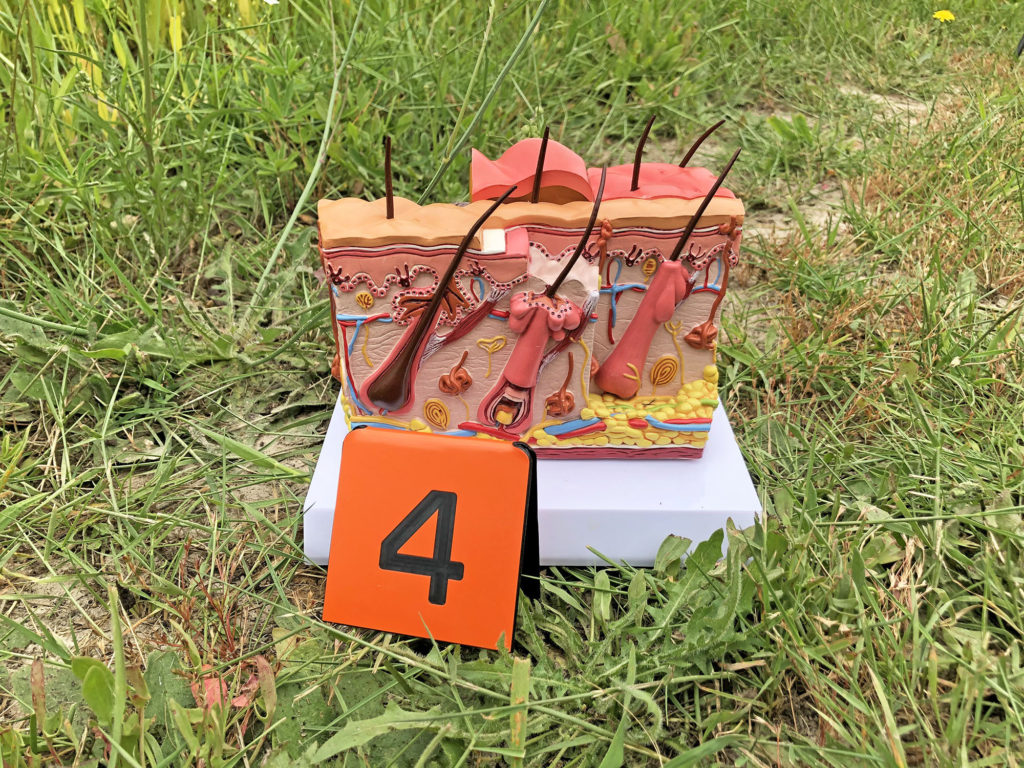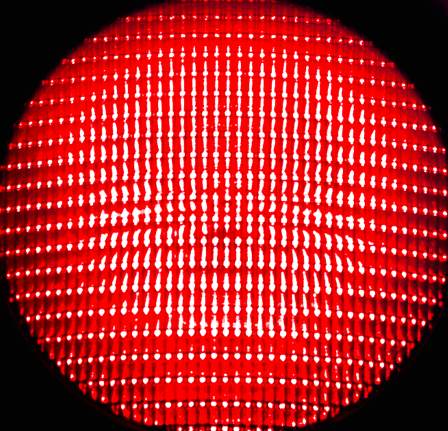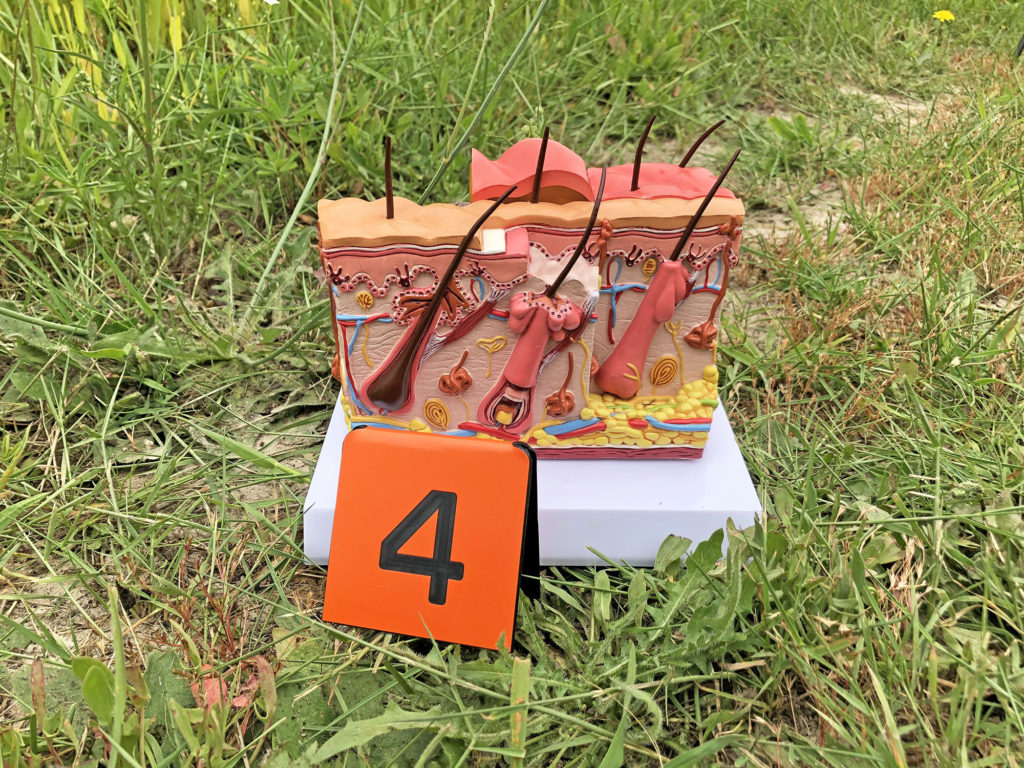
Skin Cancer Excessive mitosis


Skin Cancer Objectives
- Identify basic skin structures in an illustration or on a model and match these structures with their functions.
- Compare three different types of skin cancers and describe what a tumor is, including how cancer cells can spread.
- List the warning signs used to detect skin cancer and explain why it is beneficial to have a medical professional make a diagnosis.
We are constantly in contact with the outer epidermis of our skin. Take a few minutes to consider your skin.
This video uses a model to introduce basic skin structures.
Now, use your notes and check your knowledge of skin structures.
By now you’ve probably noticed that we have a LOT of anatomical models. From this video, consider the advantage of using models and also a potential drawback.
Skin Cancers
Cancer is a group of diseases in which cells have an increase in mitosis and a decrease in apoptosis.
In all cancers, cell undergo excessive mitosis, producing large numbers of cells. The cell type that originally mutated (changed genetically) impacts the type of cancer that develops.

Any person’s skin cells can develop mutations that may lead to cancer. Check your skin at regular intervals and see a health care professional if wound does not heal or a skin feature appears unusual.
Cover Up
Regardless of the amount of melanin pigment in your epidermis, protect your skin.
Can’t get enough of the integumentary system? We have additional videos in this guide’s resource page.

Finish your notes here
This is the end of the first Guide’s content. After you check your knowledge over the material, proceed to the product page.

Check your knowledge. Can you:
- identify basic skin structures in an illustration or on a model and match these structures with their functions?
- compare three different types of skin cancers and describe what a tumor is, including how cancer cells can spread?
- list the warning signs used to detect skin cancer and explain why it is beneficial to have a medical professional make a diagnosis?



